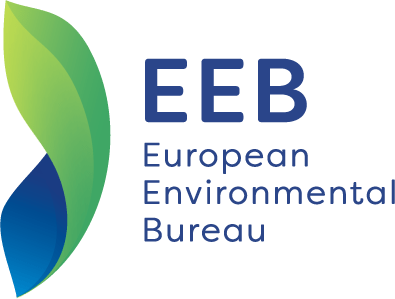Finance Sustainable Buildings
Circular building valuation
Circularity
Short term
The Circular Building Valuation model involves the creation of a new contract against the future prices of the building materials. The futures contract, which contains detailed information about the recoverable materials from the building, would first be placed on the market by the construction client after the building is constructed. It is designed to ensure that the true value of building materials is captured and recovered when they are removed from a building, thus creating an incentive to keep those materials in use at their highest value for as long as possible.

Socioeconomic impacts
This scheme will produce cross-incentives between tenants rights and the owner revenues. If no additional measure is taken, the introduction of a new contract between the developer and an additional investor will reduce tenants’ control over the property they occupy. This circumstance could allow for housing price speculation. Thus, this instrument should be accompanied by evaluation and control measures (e.g., the creation of an independent regulatory agency to monitor this new form of contracting) to ensure that tenants’ rights are not breached.
Related to
This model envisages the development of new relationships in the building value chain. This means a new market for financial instruments linked to the future value of materials. The Residual Value instrument is strongly dependent on other information and transfer instruments such as material passports, provenance standards, blockchains and digital twin.



